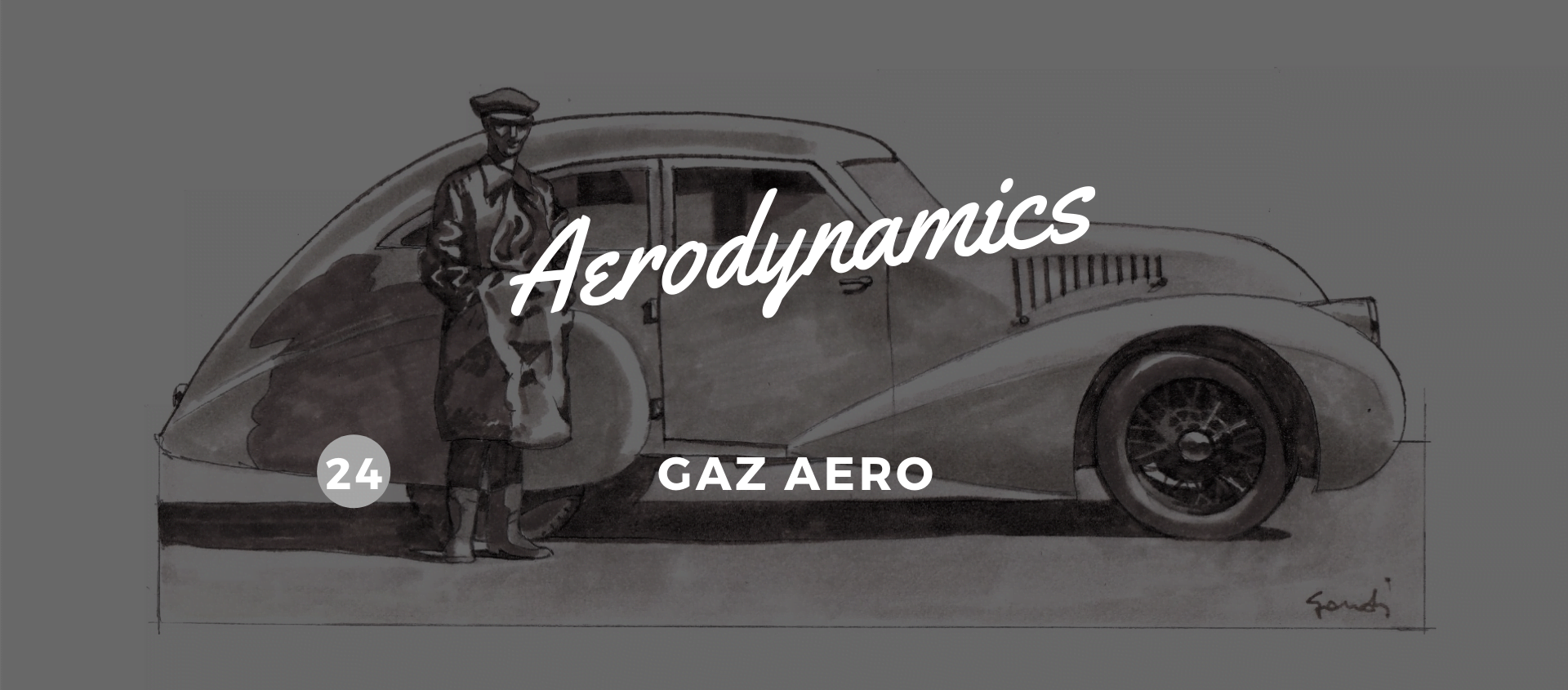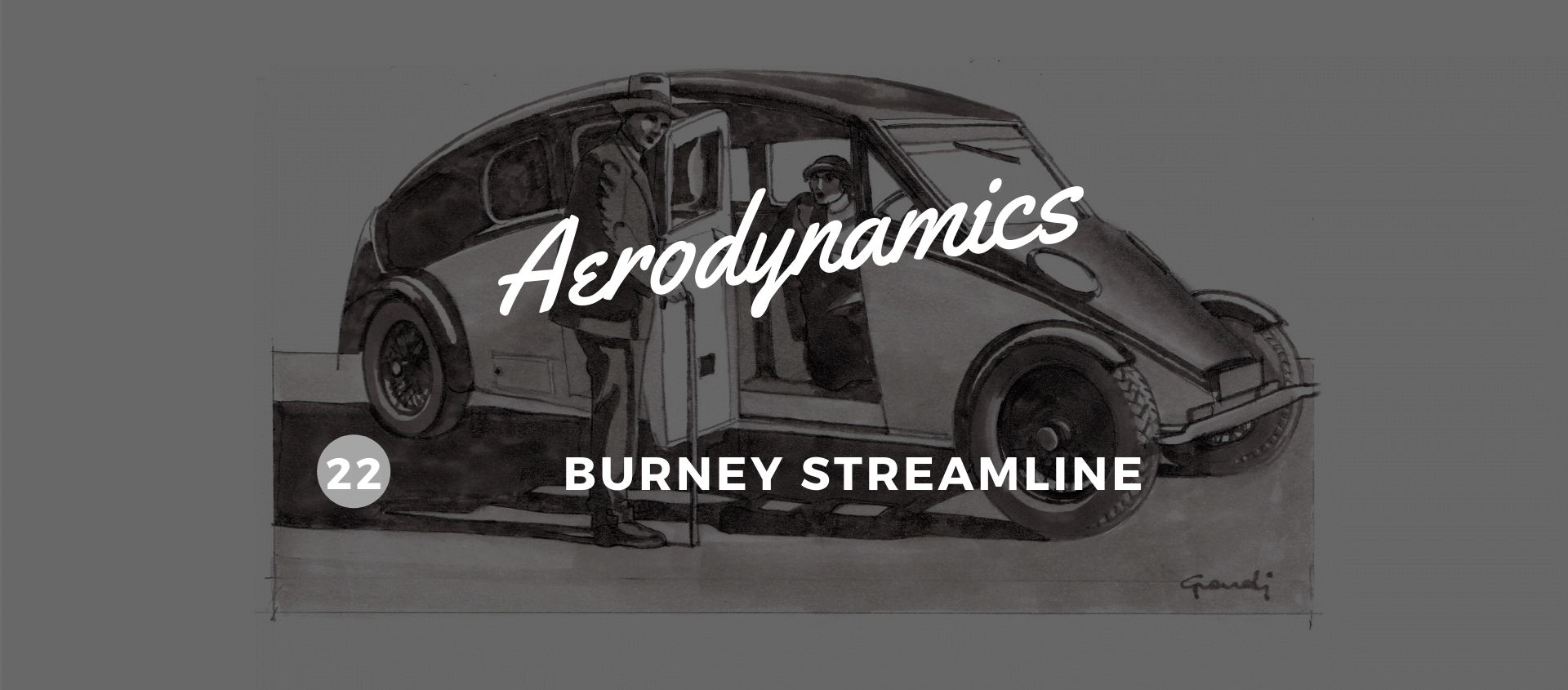From Russia with passion
20 July 2020 1 min read 4 images

It is very hard, nowadays, to imagine what Soviet Russia must have been like in the 1930s. The regime’s five-year plans for economic development were designed to boost its industrial strength with the aim of turning it into a solid military, as well as ideological, power.
Register to unlock this article
Signing up is free and gives you access to hundreds of articles and additional benefits. See what’s included in your free membership. See what's included in your free membership.
Already have an account? Log In


